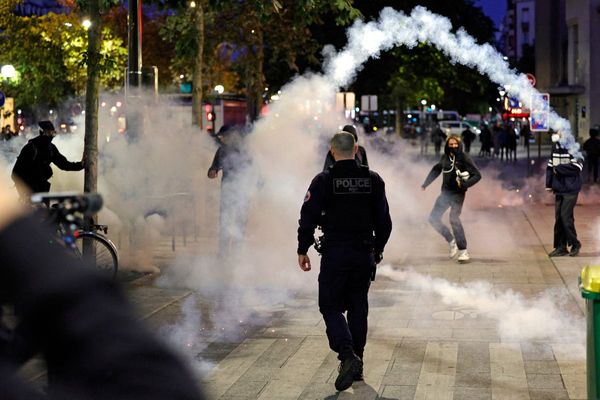
A significant factor contributing to the current wildfires in Los Angeles is the prolonged dry conditions that followed the highest rainfall recorded in a two-year period in 2024. According to Ariel Cohen, the meteorologist in charge of the National Weather Service in Los Angeles, the abundant precipitation led to increased brush growth in the region.
However, once the rain ceased and dry conditions set in, the excess vegetation became fuel for fires, making the area more vulnerable to widespread wildfires. This phenomenon highlights the delicate balance between periods of heavy rainfall and subsequent dry spells, which can significantly impact the risk of wildfires.



Cohen's analysis underscores the importance of understanding the complex interplay between weather patterns and environmental factors in assessing wildfire risks. As Los Angeles grapples with the current wildfire situation, meteorologists and environmental experts are closely monitoring the weather conditions to provide timely warnings and guidance to residents.
Efforts to mitigate the impact of wildfires include enhanced fire prevention measures, public awareness campaigns, and coordinated response strategies. By staying informed and prepared, communities can better respond to the challenges posed by wildfires and work towards building a more resilient environment.







